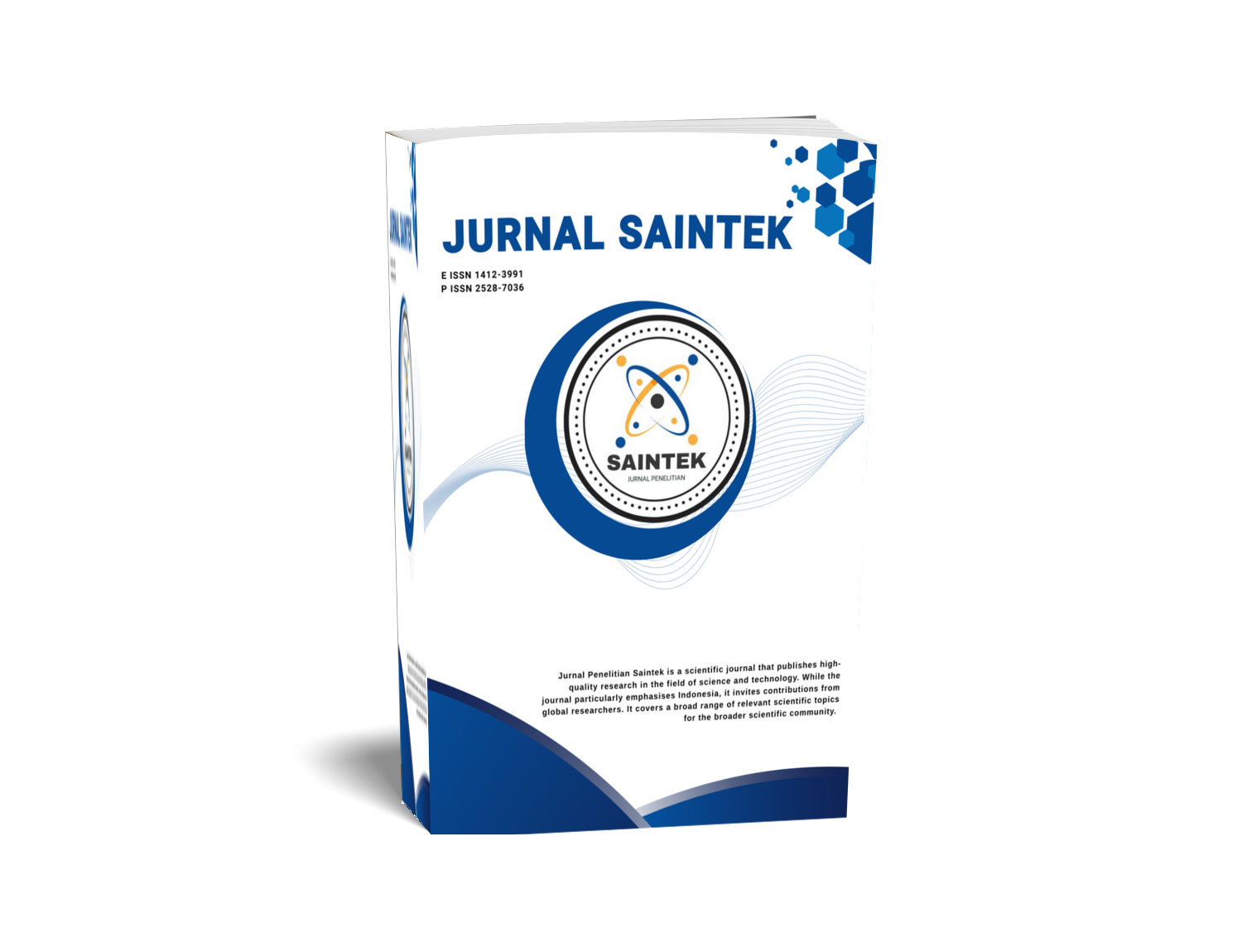REDUCING SULPHATE AND NATURAL ZEOLITE IN Mn METAL SEDIMENTATION USING BACTERIA CONSORTIUM
DOI:
https://doi.org/10.21831/jps.v22i1.15311Keywords:
Zeolite, sulfate reducing bacteria, continous culture, bioï¬ lmAbstract
The objective of this study were determining the effects of natural zeolite from Wonosari on the activites of Sulfate Reducing Bacteria in Mangan (Mn) sedimentation of continous culture scale, and identifying the biofilm character of Sulfate Reducing Bacteria on consortium activites on natural zeolite using continous culture scale. The first studies was activation of zeolites, followed by testing the activity of consortium activities of Sulfate Reduction Bacteria in continuous culture scales; and biofilm characterization of Sulfate Reducing Bacteria consortium. The consortium of Sulfate Reducing Bacteria derived from goat feces. The size of zeo natural zeolites used in the consortium activity test of Sulfate Reducing Bacteria in Mangan sedimentation was 0.8 to 1.2 cm. The results showed that the consortium of Sulfate Reducing Bacteria in the bioreactor with the addition of zeolite had an activity that was more effective than the bioreactor without the addition of zeolite, where the pH was increased to pH 6.9; Mangan sedimentation was 61,16%, and the higher MPN index. Zeolite in a bioreactor with biofilm formation in 5th days and 9th days seems that there were biofilm consortium of Sulfate Reducing Bacteria growing attached to the surface of the zeolite.
References
Atlas, M. R., & Parks, L.C. (1993).Handbook of microbiological media. Boca Raton: CRC Press. 47
Fahruddin. (2009). Pengaruh jenis desimen wetland dalam reduksi sulfat pada limbah air asam tambang (AAT). J. Tek. Ling, 10(1), 26-30.
Pujiastuti, C., & Saputro, E. A. (2007, Juli). Pengaruh ukuran zeolit dan penambahan naedta pada penyerapan logam Zn dalam limbah elektroplating. Makalah dipresentasikan pada Seminar Nasional Teknik Kimia Soebardjo Brotohardjono, Surabaya
Rajbir, S., Debrati, P., & Rakesh, K. J. (2006). Bioï¬ lm: Implication in bioremidiation. Institute of Microbial Technology. Article.
Suyasa, I. W. B. (2002). Peningkatan pH dan pengendapan logam berat terlarut air asam tambang (AAT) dengan bakteri pereduksi sulfat dari ekosistem air hitam Kalimantan (Disertasi tidak diterbitkan). Institut Pertanian Bogor, Bogor. 48
Wahyuni, E. T., Aryanto Y., Setiaji, B., Sastrohamijoyo, H. Wanida, C., & Webb, J. (2001). Sintesis novel oksida besi di dalam struktur zeolit. Prosiding Seminar Nasional Kimia IX, Yogyakarta.
Warkentin, D. D., & Rowley, M. V. (1994). Britannia minesite ARD biosulphide demonstration project. Interim ReportLaboratory Testing. NTBC Research Corp, Richmont, BC, Canada.
Widyati, E. (2006). Bioremediasi tanah bekas tambang batubara dengan sludge industri kertas untuk memacu revegetasi lahan (Disertasi tidak diterbitkan). Program Pascasarjana Institut Pertanian, Bogor.
Widyati, E. (2007). Pemanfaatan bakteri pereduksi sulfat untuk bioremediasi tanah bekas tambang batubara. Biodiversitas, 8(4), 283-286.
Downloads
Published
How to Cite
Issue
Section
Citation Check
License
Who Can Submit?
Any individual may submit an original manuscript for consideration for publication in Jurnal Penelitian Saintek as long as they hold the copyright to the work or are authorized by the copyright owner(s) to submit it. Authors retain initial ownership of the copyrights to their works prior to publication, except in cases where, as a condition of employment, they have agreed to transfer copyright to their employer.
User Rights
Jurnal Penelitian Saintek is an Open Access journal. Users are granted the right to read, download, copy, distribute, print, search, or link to the full texts of articles, provided they comply with the conditions of the Creative Commons Attribution-ShareAlike License 4.0 (CC BY-SA 4.0).
https://creativecommons.org/licenses/by-sa/4.0/
Author Rights
Authors retains copyrights.
Jurnal Penelitian Saintek by http://journal.uny.ac.id/index.php/saintek is licensed under a Creative Commons Attribution-ShareAlike 4.0 International License.









